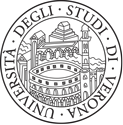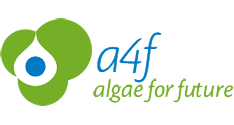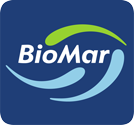The Asteasier EU-funded project aims at the development of an innovative platform for the simultaneous high-level, low-cost production of natural Astaxanthin from two new and patented strains of the N. gaditana and C. reinhardtii microalgae species. Astaxanthin is a powerful natural antioxidant and finds application in cosmetics, nutraceutics and especially in aquaculture, where it is used as a pigment to give the typical pink colour to farmed salmon and shrimps.
The natural innovation that changes the aquaculture market rules.
The problem:
the high production costs are currently limiting the market penetration of natural astaxanthin
Standard cultivation and extraction methods of natural Astaxanthin entail very high costs, which are currently hindering the Astaxanthin market . That is because indoor cultivation requires high CAPEX and OPEX investments, while outdoor cultivation involves high risk of bacterial contamination.
The cost of natural Astaxanthin is so high that is practically not used in the aquaculture industry and its adoption in nutraceutics and cosmetics is very limited.
Asteasier – The natural solution
By exploiting the unique properties of the two proprietary microalgae strains in terms of astaxanthin accumulation capacity and ease of extraction, the Asteasier solution will allow increased productivity, increased sustainability and lower production costs, with respect to existing alternatives.
In addition to that, Asteasier is able to provide feed producers with additional valuable products such as Omega 3, lipids, proteins and vitamins. By relying on different proprietary microalgae strains, the Asteasier team is also able to provide highly customizable products.
Partners
The Asteasier project aims at validating the proposed industrial process for the production of high-value, low-cost natural Astaxanthin. To do so, the University of Verona, who discovered and patented the Asteasier microalgae strains, will be supported by Biomar, a world leader in fish feed production, who will test the product in their feed formulations, A4F, an industrial partner for the upscale of the production process and by Day One, a startup studio that will help in the process of creating a spin-off company for the commercial exploitation of the proposed innovation.





